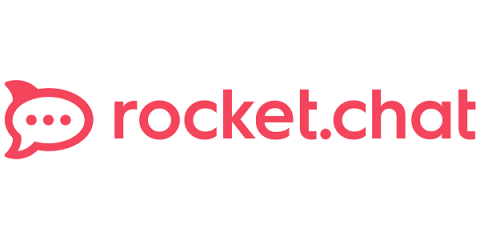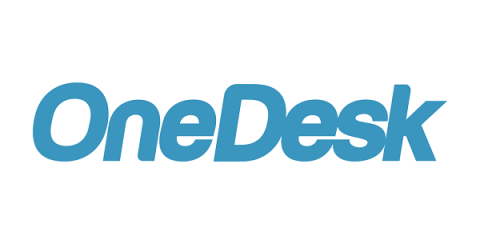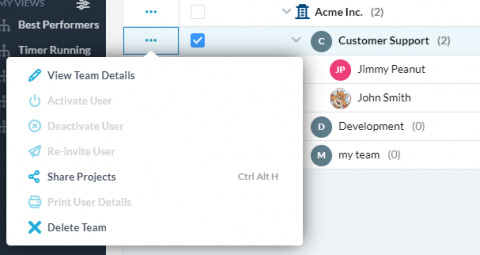Alternatives to Zoom: Top Reasons to Use Rocket.Chat For Secure Video Calls
As companies experience the outbreak of COVID-19, you’re likely holding team meetings with Zoom, Skype or similar applications. While Coronavirus made these applications popular, it also exposed serious privacy issues and security problems. Many remote companies trust proprietary-code platforms, such as Skype or Zoom, to communicate online. Although easily accessible, they do not disclose how they actually function.











